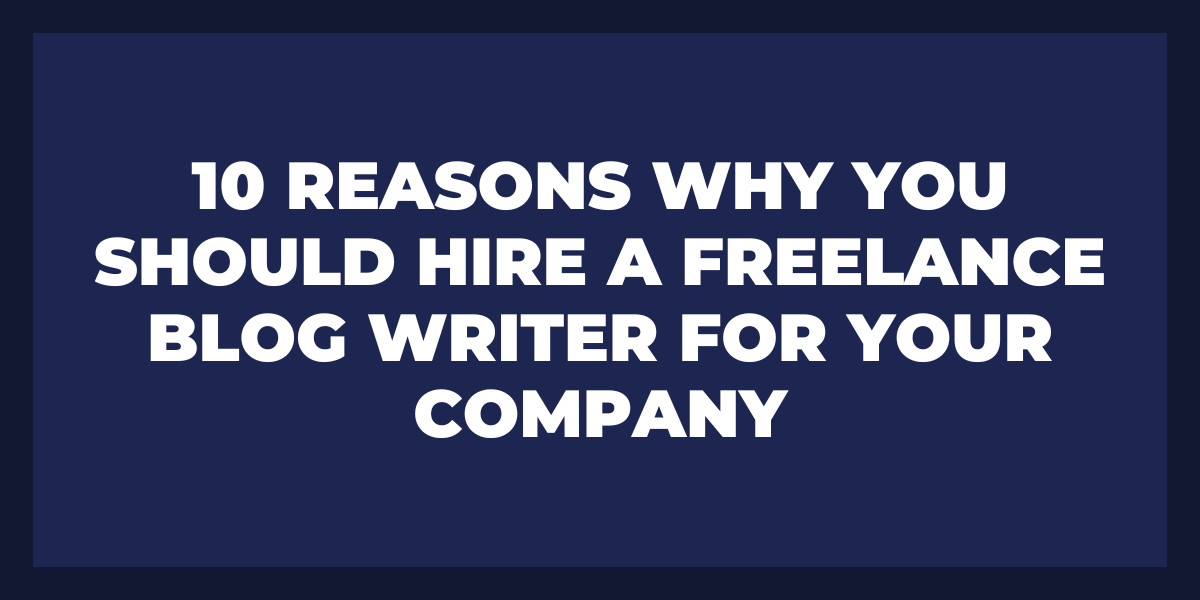Step 1: Determine the Niche
First ask yourself: What industry are you going to target?
You can get ideas by looking at businesses advertising in your local coupon magazines, phone books, or newspapers…
More of an “online” person?
No problem…
Head over to thumbtack.com, or homeadvisor.com and look at their categories of services. These are great ways to get the juices flowing.
Consider any niches you already have some knowledge of.
Maybe your father worked as a roofer, your grandpa was an optometrist, you had a summer job working for a roofing company, or you did an internship with an attorney.
Consider what niches you know business owners in.
Think about what niches are making big money and have a high customer value.
Now think about customers that have a low customer value but are visited extremely often.
What types of businesses do you think need reviews more than others?
What types of businesses do you check out reviews for before visiting?
Step 2: Pick Your City
Start with your nearest city, and go over to Google and do a search for the niche you picked in step 1, and a city.
I’d suggest the city you live in or the nearest city with 100,000 people.
Page through the results and write down the top performers.
The business’s names with the most reviews, and their average rating.
Step 3: Build The List Of Prospects
Use a google maps lead finder/scraper tool like…
D7LeadFinder.com
And run it for your city and niche. And it will pull back a nice list of all the businesses it found.
Step 4: Filter The List Of Prospects Who Need Your Help
Remember in step 2 we picked your city but we also wrote down the top companies with the most reviews and their average rating.
Now we want to segment the list into 2.
Needs More Reviews – 4+ rating but needs more reviews to be the go-to in the marketplace
Has a Bad Reputation – 3.5 or less
Step 5: Verify Contact Info
Tools like D7 Lead Finder, and Lead Carrot will help give you prospects, and even contacts at that company.
But nothing wastes an opportunity like pitching the wrong person.
So verify the contact is the right person to talk to, heck verify they even still work there…
Step 6: Sweep In & Be The Good Guy
It’s time to reach out and let them know “they have a problem” and you can help them fix it.
Having a bad reputation is going to kill all the marketing efforts they are investing in.
Having a great reputation but getting spanked by your top competitors who have 3-5x more reviews than you is going to leave a TON of business on the table.
Your goal is to get their attention and set a follow-up appointment – not get the sale on the first date. To achieve this, consider using effective appointment setting software to streamline your outreach efforts and secure those crucial follow-up meetings.
Step 6: The Meeting
Show up early.
Opt for professional semi-formal attire to convey professionalism and attention to detail.
Be prepared.
First, tell them about your company.
Next present your findings about their reputation vs that of the top competitors in their market.
Integrate as many trial closes as you can during the meeting. (get them agreeing with you, shaking their heads, and saying yes)
Examples:
Does this make sense?
Can you see why this is so important?
Can you believe that x competitor has 5x more reviews than you?
Step 7: Close The Deal
You showed your prospect that they could be doing better, that there’s a clear opportunity, and that you have the knowledge to help them fix their reputation.
At the end as if they have any questions.
Then ask “do you want some help fixing your reputation and becoming one of the go-to experts in the local area?”
With any luck, they say yes, and you start negotiating to price.






